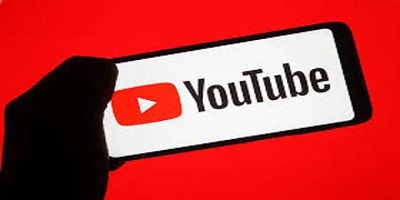Disadvantages of YouTube For Students
While YouTube can be a valuable resource for students, offering a vast array of educational content, there are also some potential disadvantages to be aware of:
Distractions:
YouTube is filled with not only educational content but also a plethora of entertaining videos. Students may easily get distracted and end up spending more time watching unrelated videos rather than focusing on their studies.
Quality Control:
The quality of content on YouTube can vary significantly. Some videos may contain inaccurate information, have biased perspectives, or lack academic rigor. It’s crucial for students to critically evaluate the credibility of the sources they encounter.
Time Management:
Students may find it challenging to manage their time effectively when using YouTube as a learning tool. The platform’s autoplay feature can lead to unintentional time-wasting as one video automatically leads to another.
Limited Interaction:
While YouTube provides a passive learning experience through videos, it lacks the interactive elements that traditional classrooms or other online learning platforms may offer. Interaction with instructors and peers is often limited or nonexistent.
Ads and Sponsored Content:
YouTube features ads and sponsored content, which can be distracting for students. Moreover, some sponsored educational content may lack the impartiality of non-sponsored materials.
Privacy Concerns:
YouTube collects user data for advertising purposes. This may raise privacy concerns, particularly for students who are minors. Schools and educational institutions need to be mindful of privacy regulations when using YouTube in the classroom.
Accessibility Issues:
In some regions, access to YouTube may be restricted, or the internet connection may not be reliable. This can limit students’ ability to use YouTube as a consistent and primary learning resource.
Lack of Structure:
YouTube lacks the structured curriculum and progression found in traditional educational settings. Students may struggle to follow a coherent learning path, especially if they are using YouTube as their primary source of information.
Inappropriate Content:
YouTube is not always filtered for age-appropriate content. Students might come across videos that are not suitable for their age group or educational needs, leading to potential exposure to inappropriate material.
To mitigate these disadvantages, educators and students need to use YouTube responsibly, critically evaluate the content, and integrate it into a well-rounded and structured learning approach. Additionally, parental controls and content filtering tools can help manage the types of content students can access on the platform.
